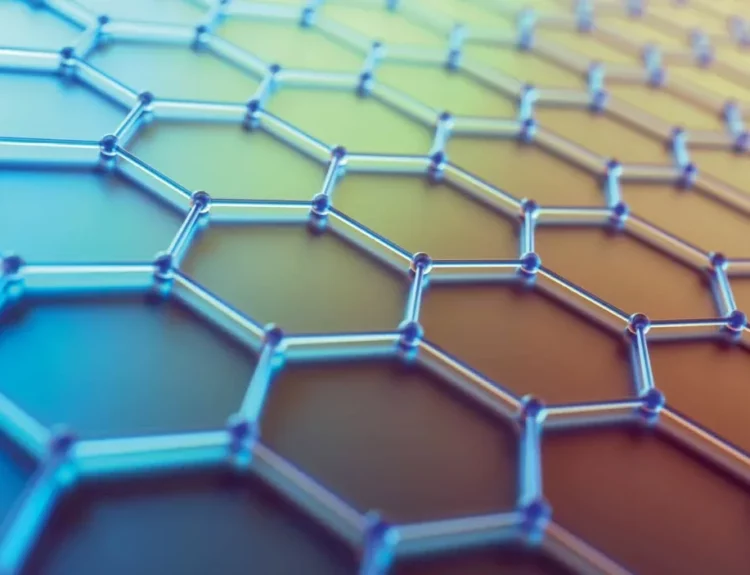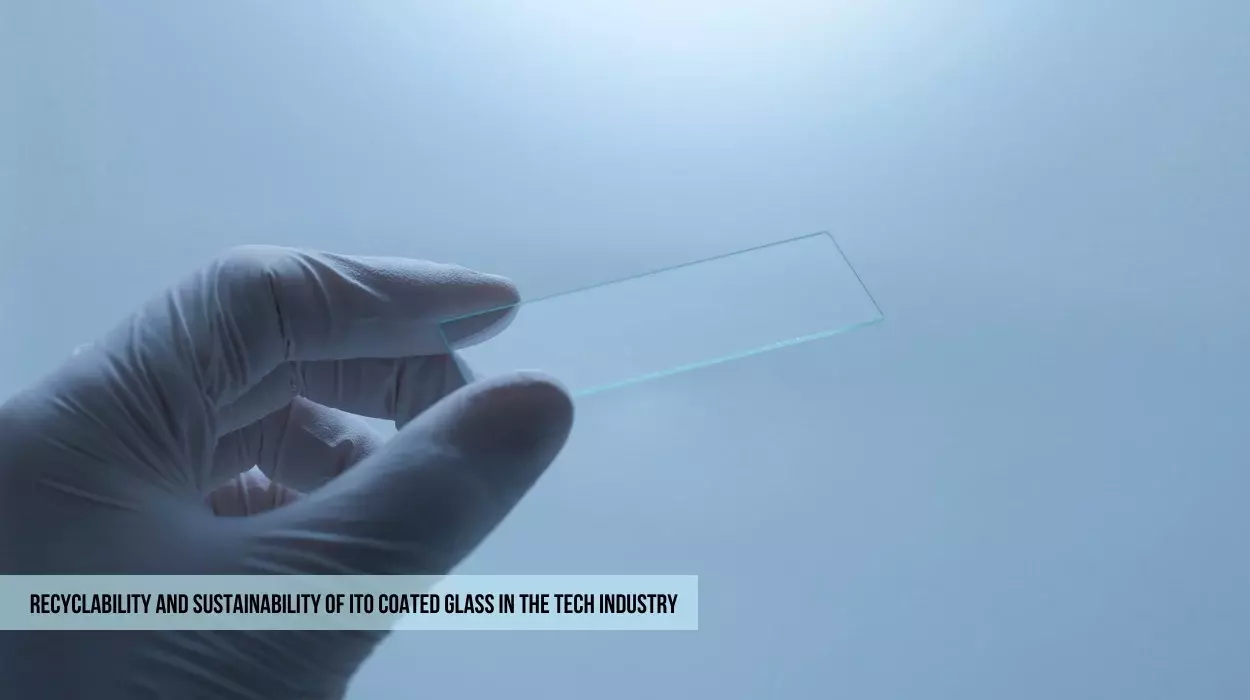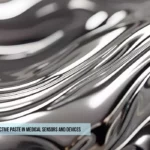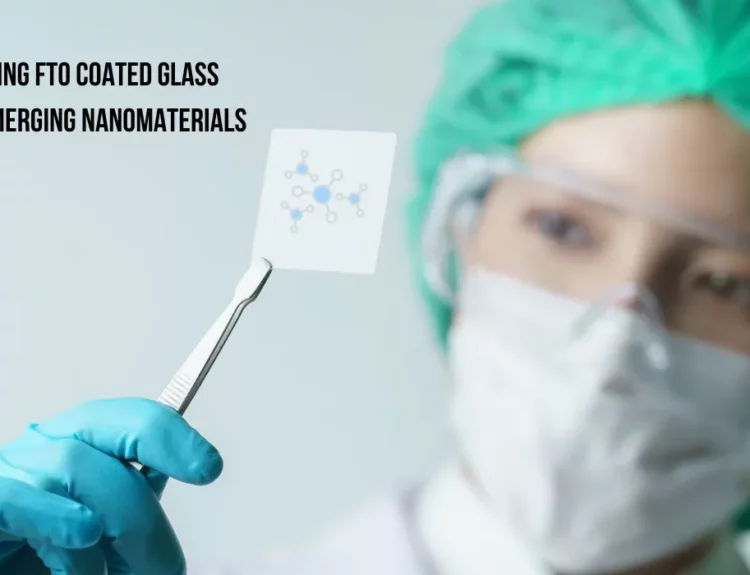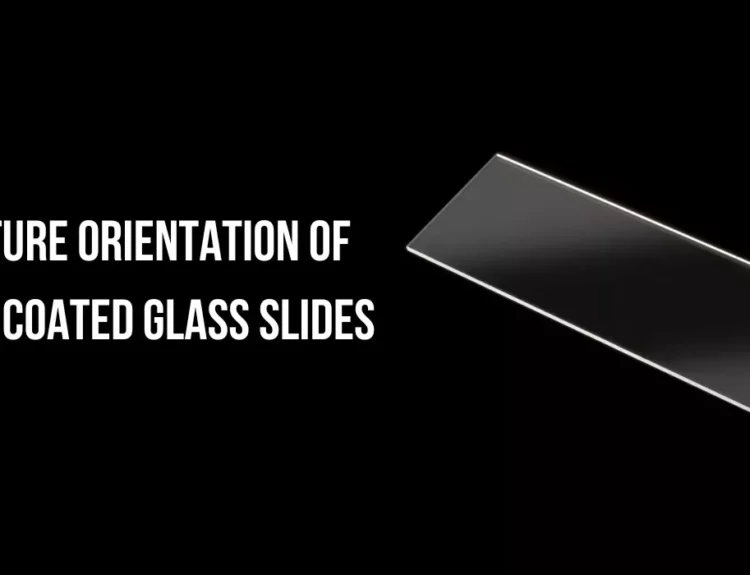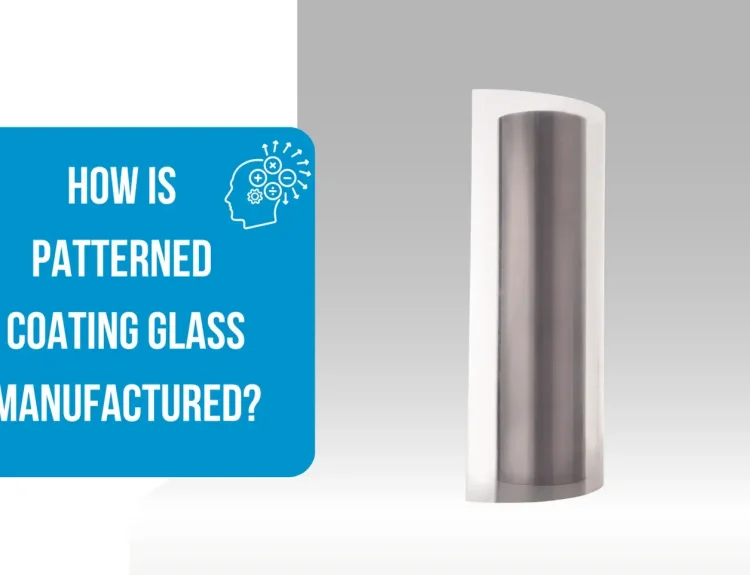Introduction
ITO (Indium Tin Oxide) coated glass is widely used in the tech industry for applications such as touchscreen displays, solar panels, and bright windows. While this material is highly beneficial due to its conductivity and transparency, concerns about its recyclability and sustainability have grown. This article explores how ITO-coated glass can be recycled and its role in sustainable technology.
The Importance of Recycling ITO Coated Glass
Indium is a rare and valuable element, making its conservation essential. As technology advances, the demand for ITO coated glass continues to rise. Proper recycling of ITO glass can:
- Reduce dependence on raw materials
- Lower production costs
- Minimize environmental waste
- Support a circular economy
Buy ITO Coated Glass
Challenges in Recycling ITO Coated Glass
Despite its benefits, recycling ITO coated glass presents challenges such as:
- Separation Process: Extracting indium from the glass requires specialized techniques.
- Economic Viability: The cost of recycling can sometimes be higher than mining new indium.
- Material Loss: Some indium can be lost during recovery, making recycling less efficient.
Sustainable Alternatives and Solutions
To improve sustainability, researchers and manufacturers are working on:
- Efficient Recovery Methods: Developing advanced techniques to extract indium with minimal loss.
- Alternative Coatings: Exploring substitutes like graphene and silver nanowires.
- Reusing Waste Glass: Finding applications for used ITO coated glass in other industries.
Conclusion
While recycling ITO coated glass has challenges, technological advancements are making it more feasible. By investing in sustainable practices and alternative materials, the tech industry can reduce environmental impact and ensure the long-term availability of valuable resources like indium. With continuous research and awareness, ITO coated glass can become a more eco-friendly component of modern technology.
